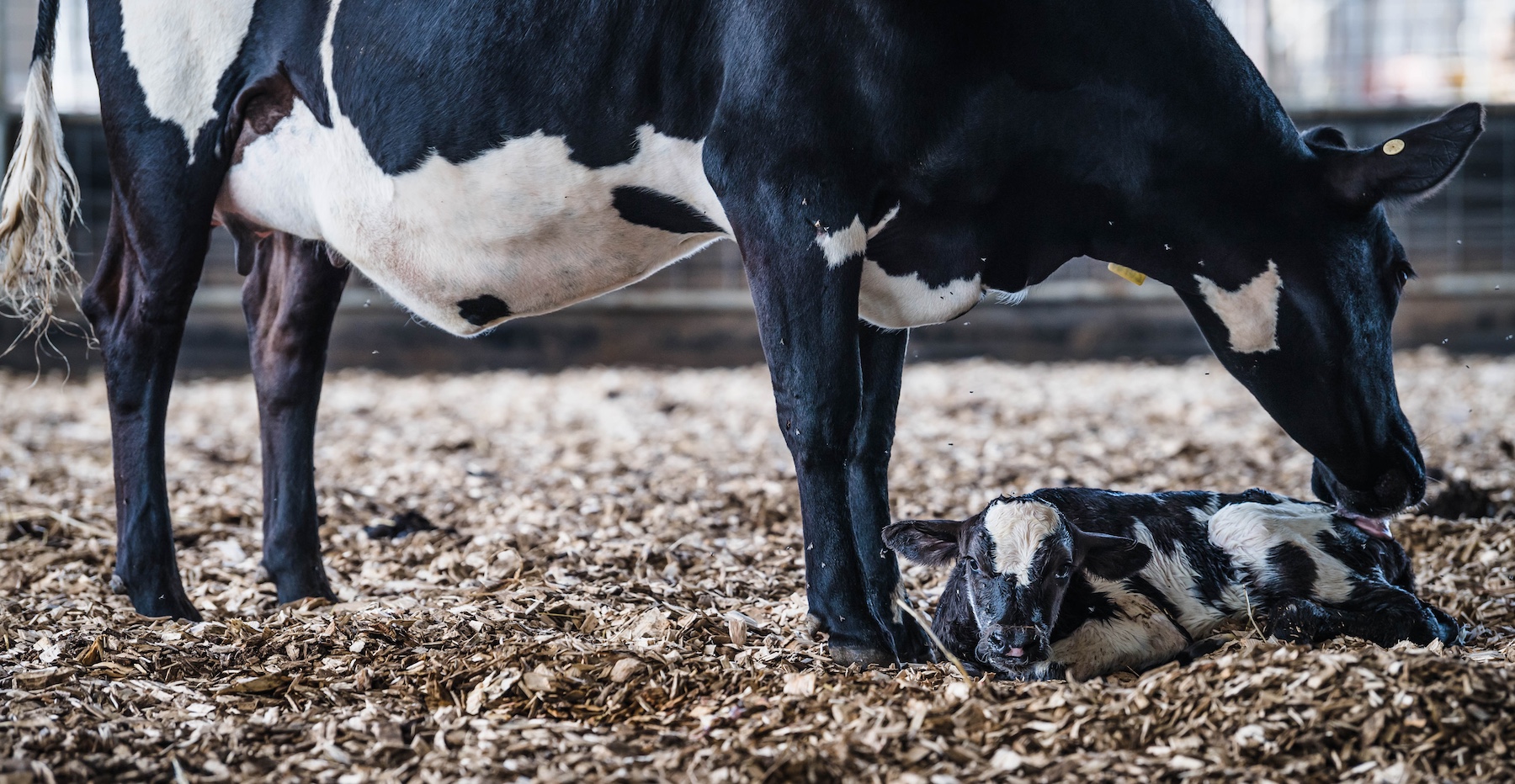The Australian Beef Market in 2025: An Absolute Cracker
In this column in July, the StoneX H2 2025 Australian Cattle & Beef Market Outlook’s bold calls were analysed and assessed for what the final 6...

Birth weight is one of the most important and considered traits when it comes to breeding cows or buying your next bull.
The combination of an intense herd rebuilding period and COVID restrictions in 2020 created immense emphasis on describing the calving ease and low birth weight potential of cattle online. Since then, the phrase ‘low-birth-weight bull’ must have been the most common words to be used in the AuctionsPlus assessments. But what constitutes a ‘low’ birth weight? What is the ideal birth weight? And does birth weight even matter at all?
In theory, the ideal birth weight is where growth potential is maximised while causing zero calving difficulty due to the size of the calf at birth.
We know that birth weight and growth rates have a positive correlation of 0.5-0.6. That is, higher birth weights will lead to higher growth rates. We also know that birth weight and calving ease are negatively correlated at -0.5. That is, higher birth weights will lead to lower calving ease. The question then becomes, how low do you need birth weight to achieve zero calving difficulty?
Looking at the Trans-Tasman Angus Cattle Evaluation (TACE) for example, calving ease direct is 14% heritable. That means that 86% of the variation in calving ease direct is due to the variation in the environment. i.e. feeding and management.
The age of the cow is also a huge environmental factor where cows older than three years that have already had one calf are highly likely not to have any calving difficulty. However, it is important to be aware of the genetic influence of using high-birth-weight bulls on cows when it comes to the calving ease of their daughters.
First-time heifers is where calving ease is most important. There is an array of factors that need to be carefully managed including the age, weight and frame of the heifers and what body condition they are in at the time of calving.
Many would also agree that using a low-birth-weight bull over your heifers is also essential. However, what is considered ‘low’ can vary significantly. For some it is simply below average, for others, it is pushing into the top 10-20% of the breed with an EBV of +1 or +2. The right balance will depend on individual cattle, environments and production systems, while the following could be said across the board:
Improved calving ease is predominantly achieved through management, while selection for low birth weight reduces the risk of calving difficulty in the event that suitable management is compromised.
Let us know your perspective, what is your target birth weight across your whole herd?
For the purpose of this analysis we will look at the TACE birth weight EBV which ranges from -0.4 to +8.3 and averages +4.0. The EBV reference table for TACE can be found here: https://angus.tech/enquiry/animal/ebv-percs
.jpg)
In this column in July, the StoneX H2 2025 Australian Cattle & Beef Market Outlook’s bold calls were analysed and assessed for what the final 6...
.png)
Each December we save the last article of the year for a bit of a crystal ball gaze, as we try to bring together market fundamentals and work out...
.png)
Australia’s wool market posted another strong performance this week, with all micron categories attracting solid support across the three selling...